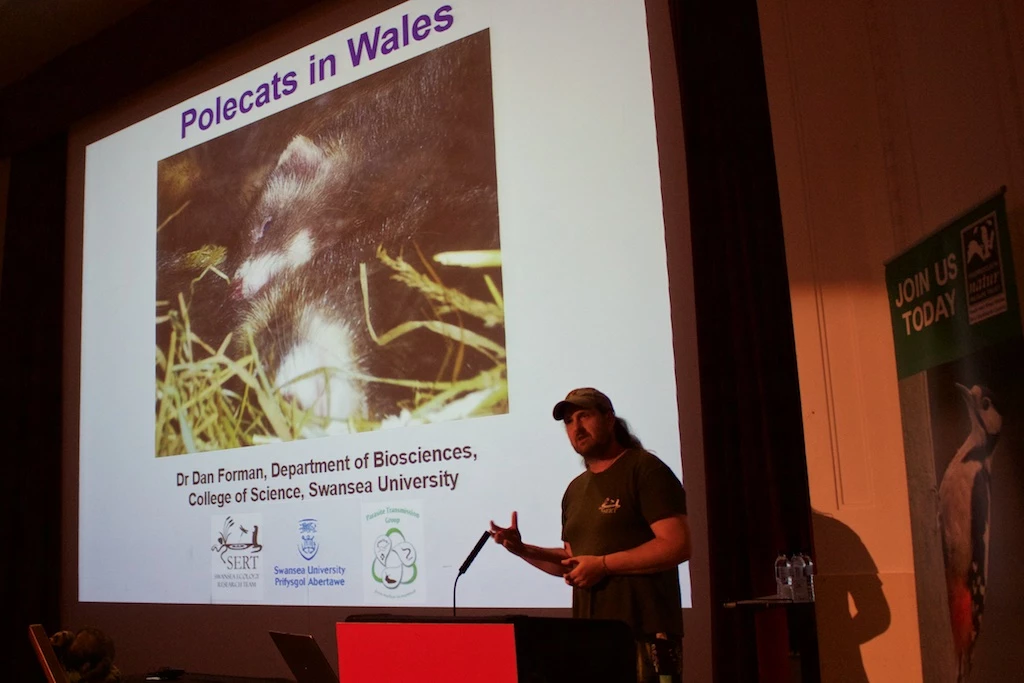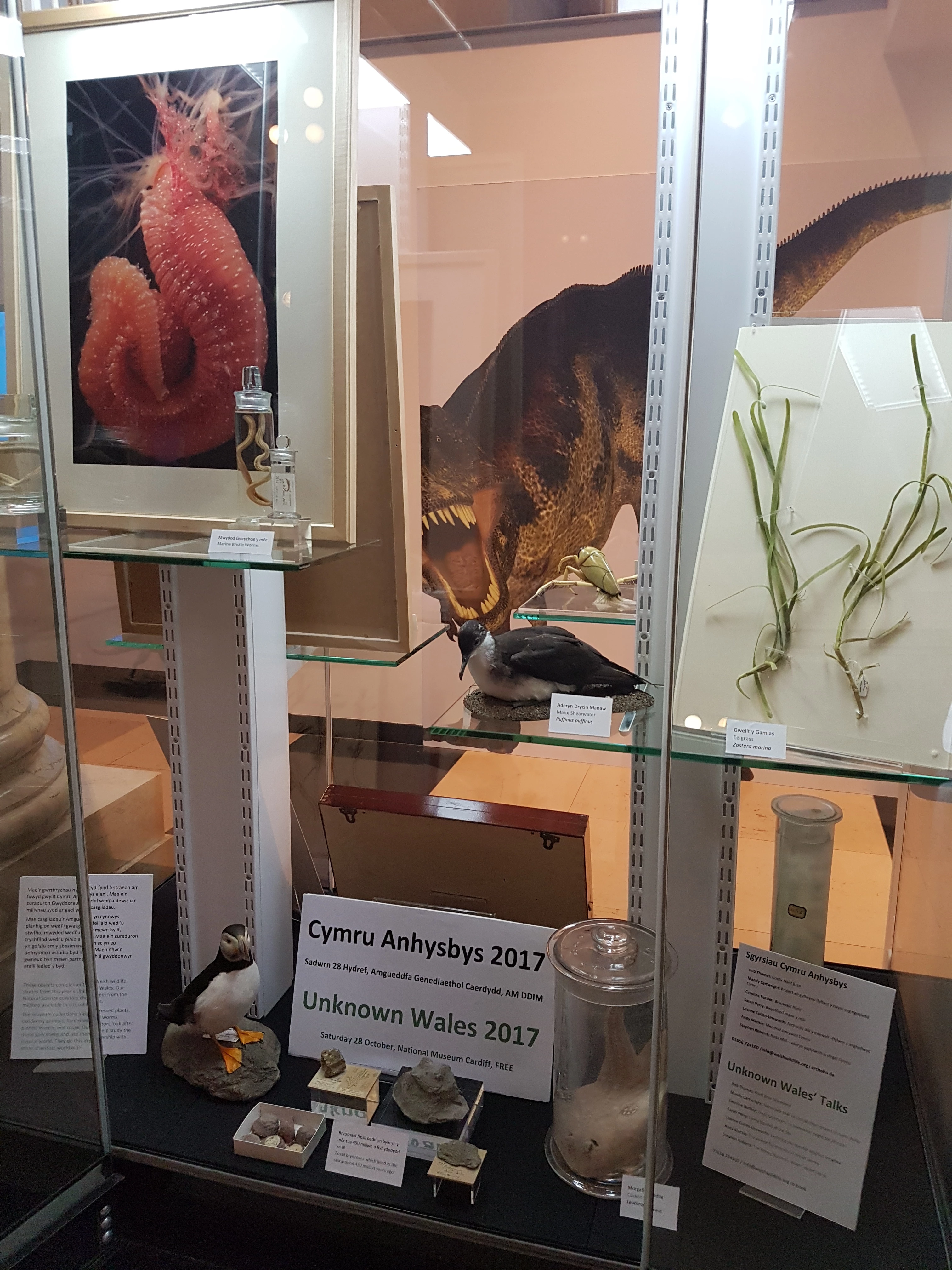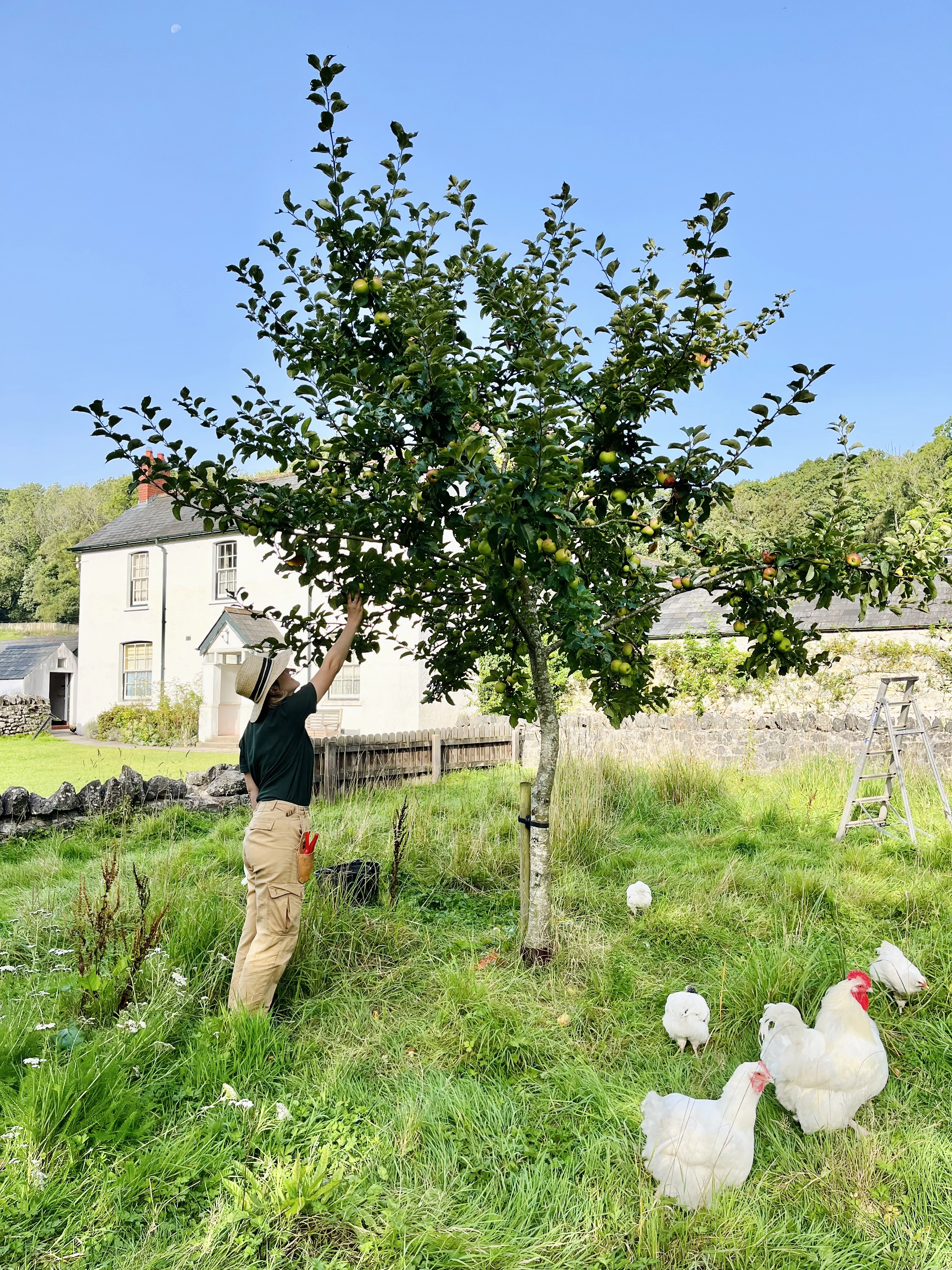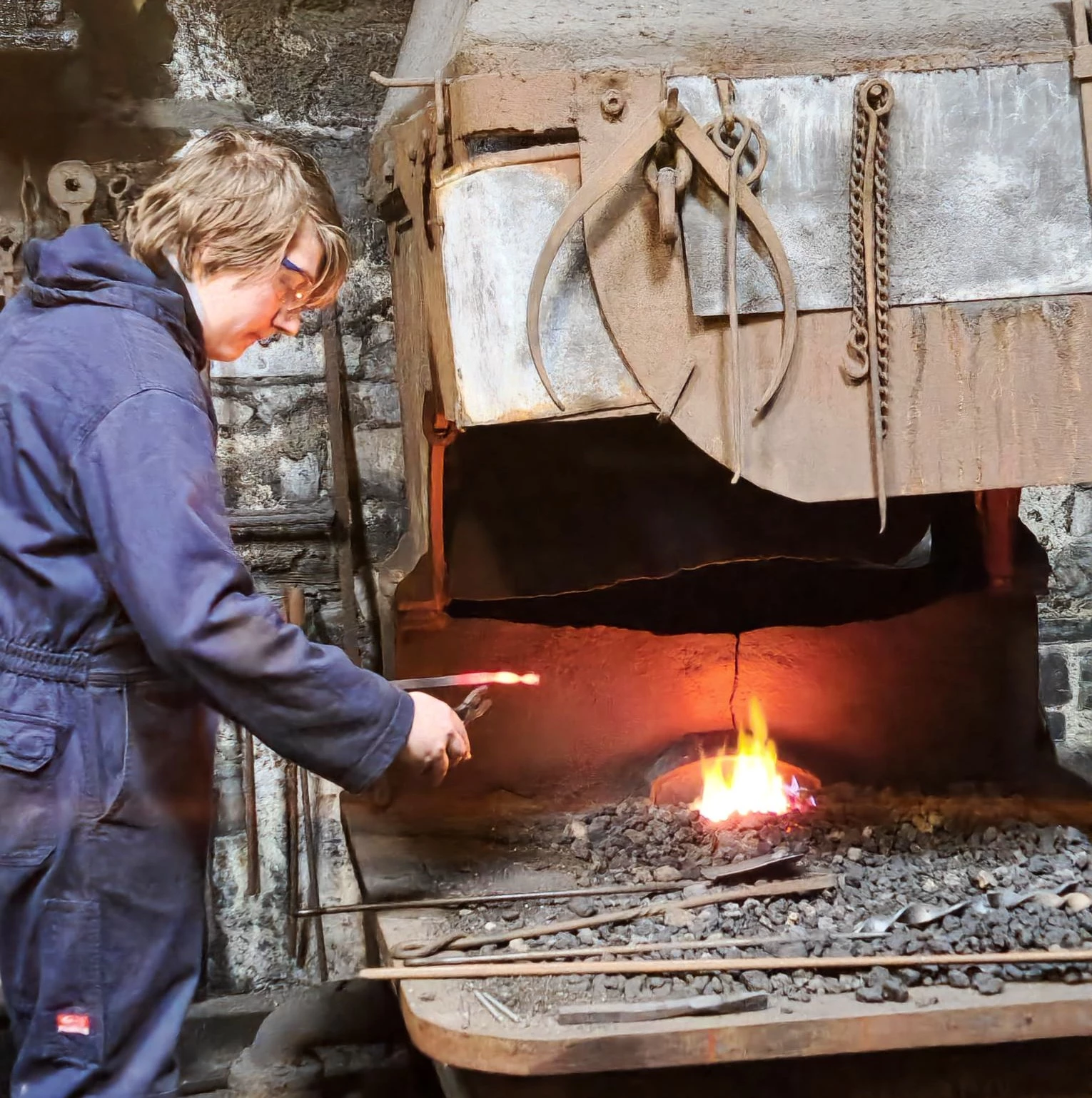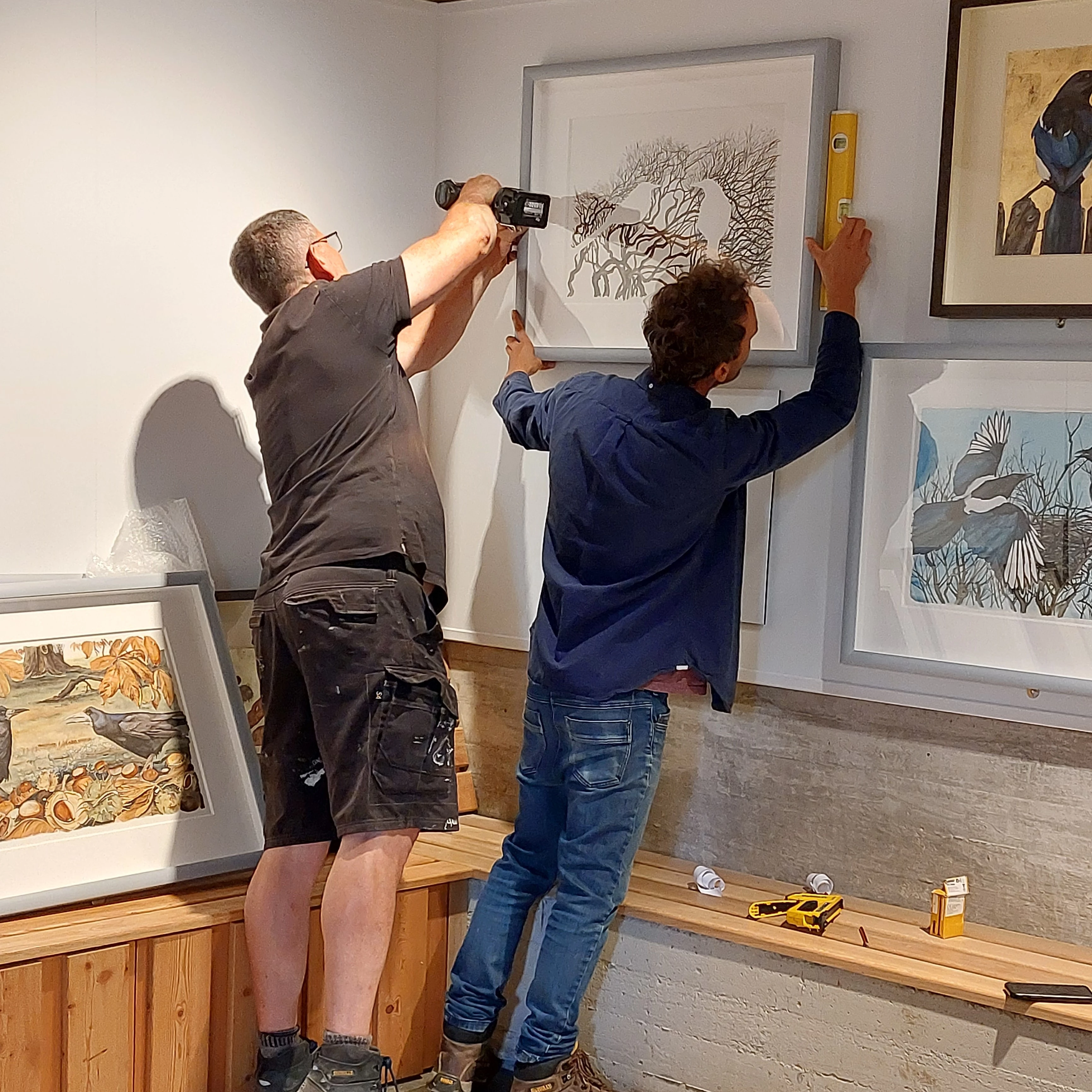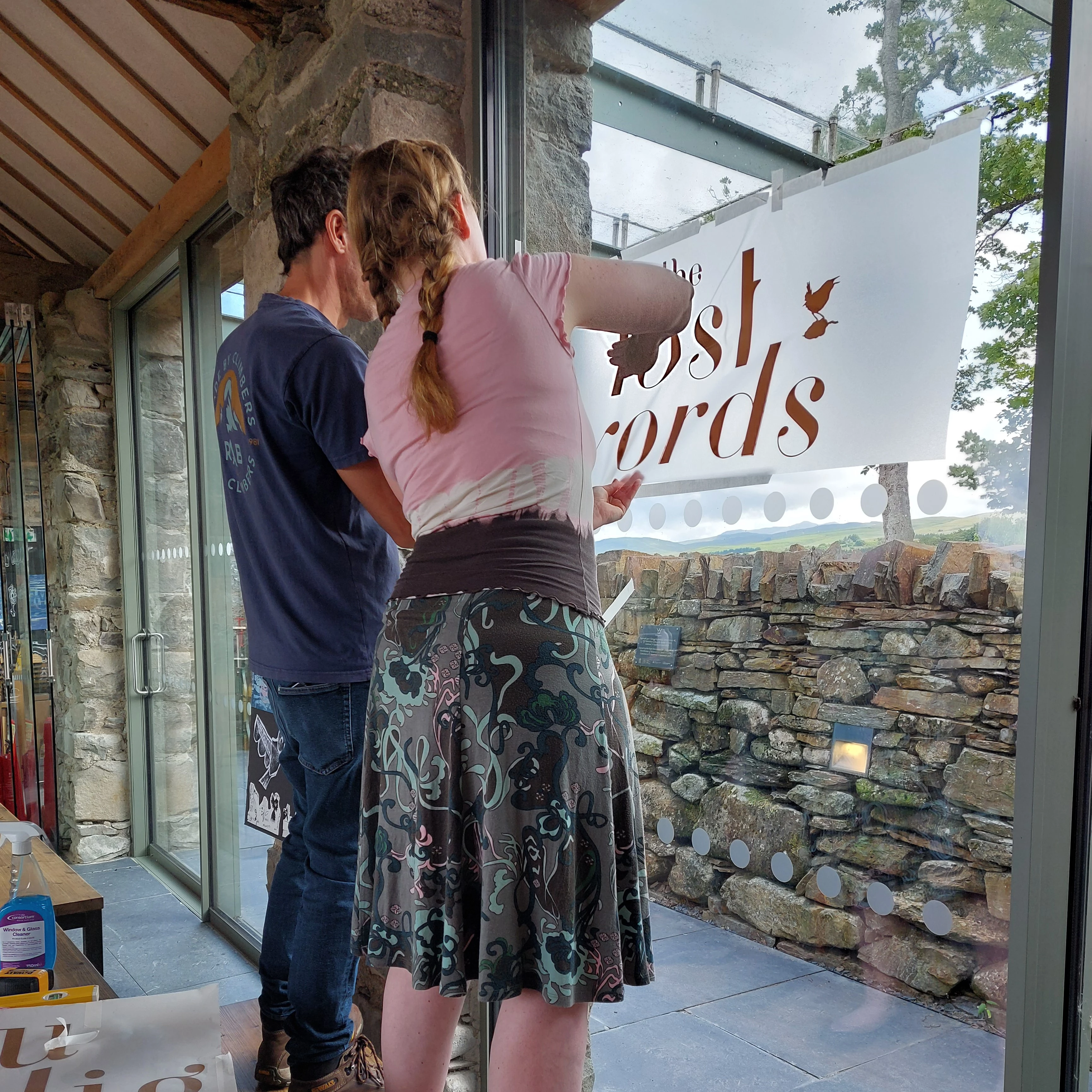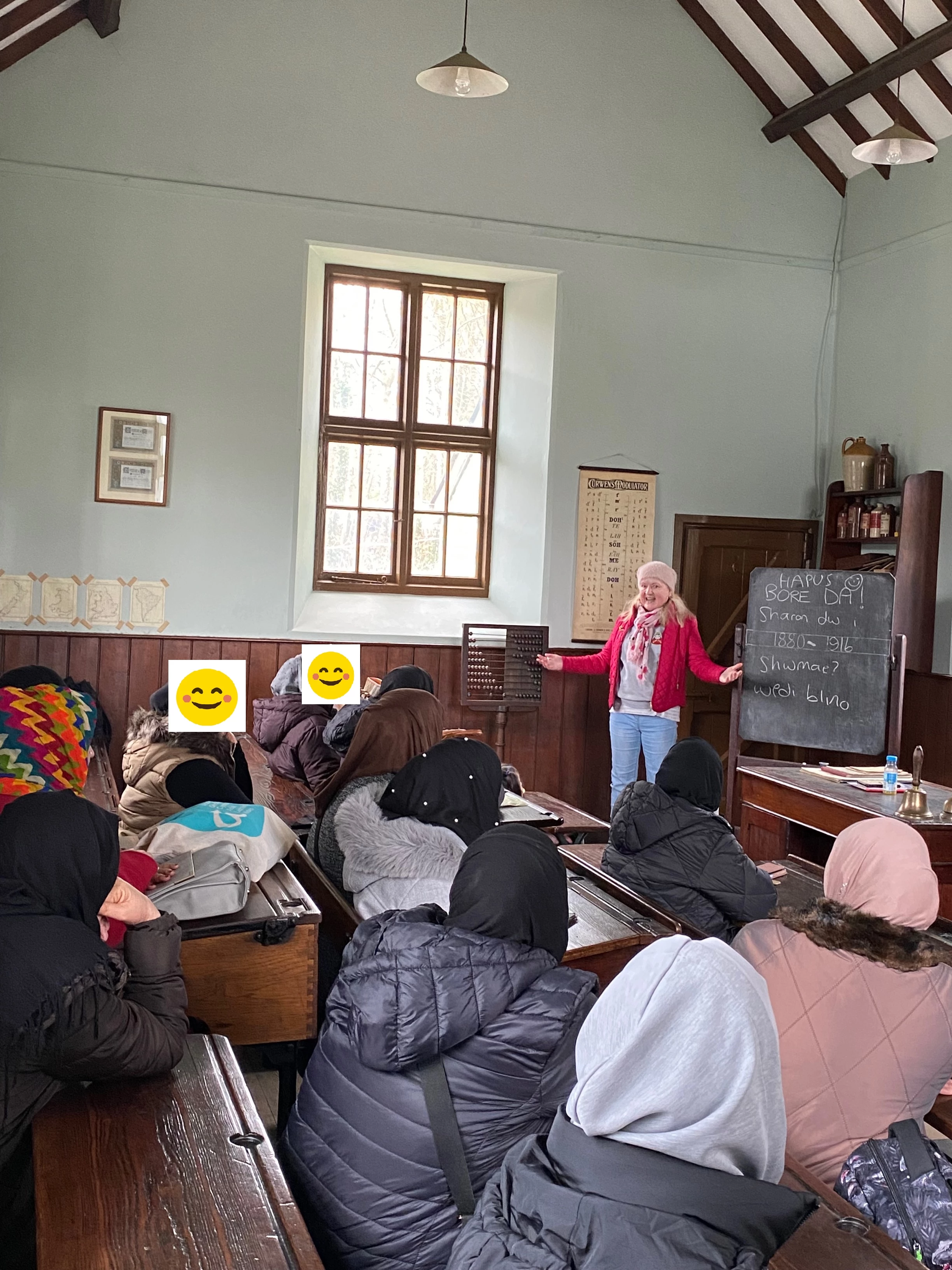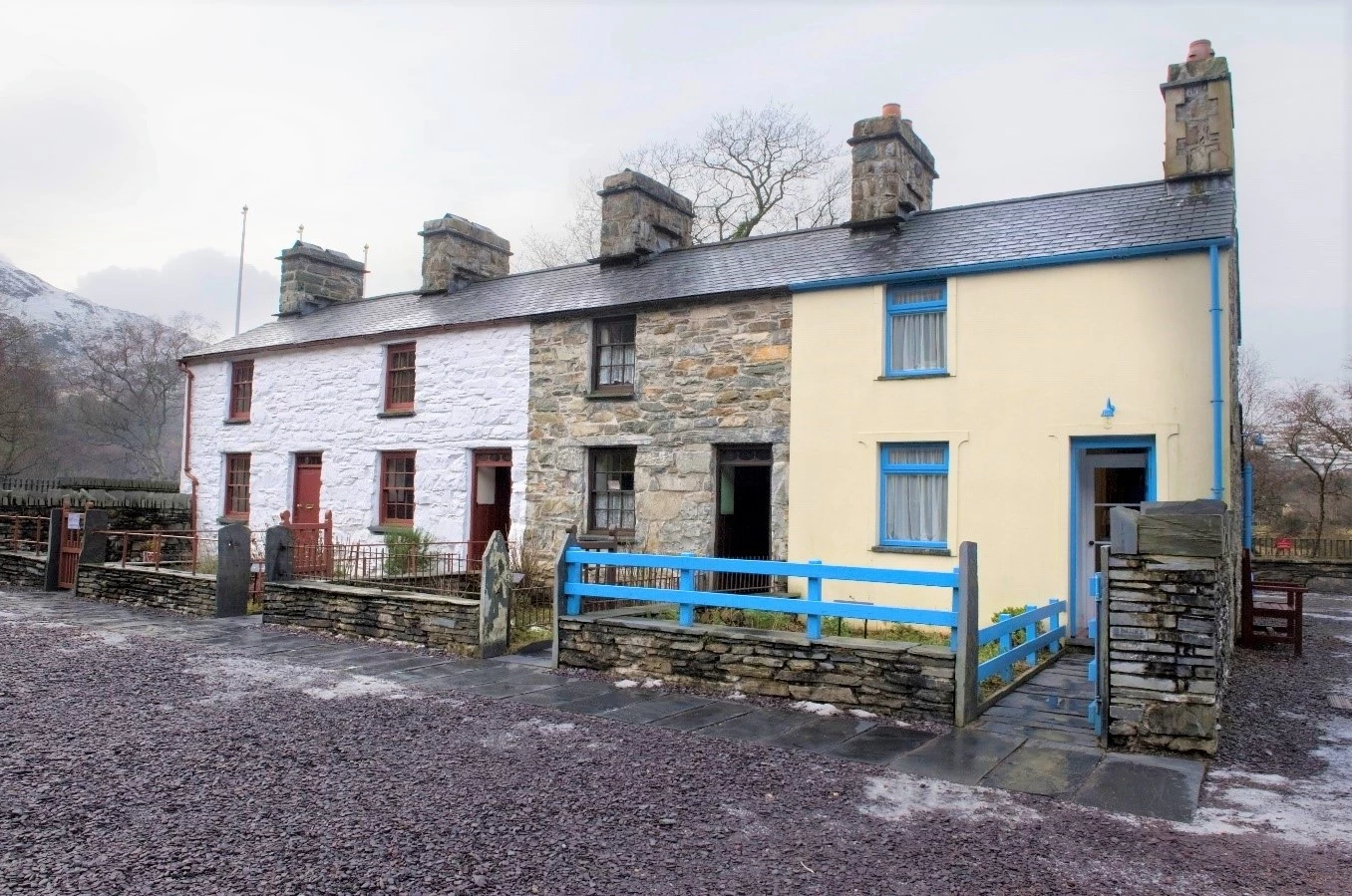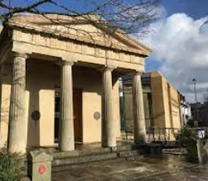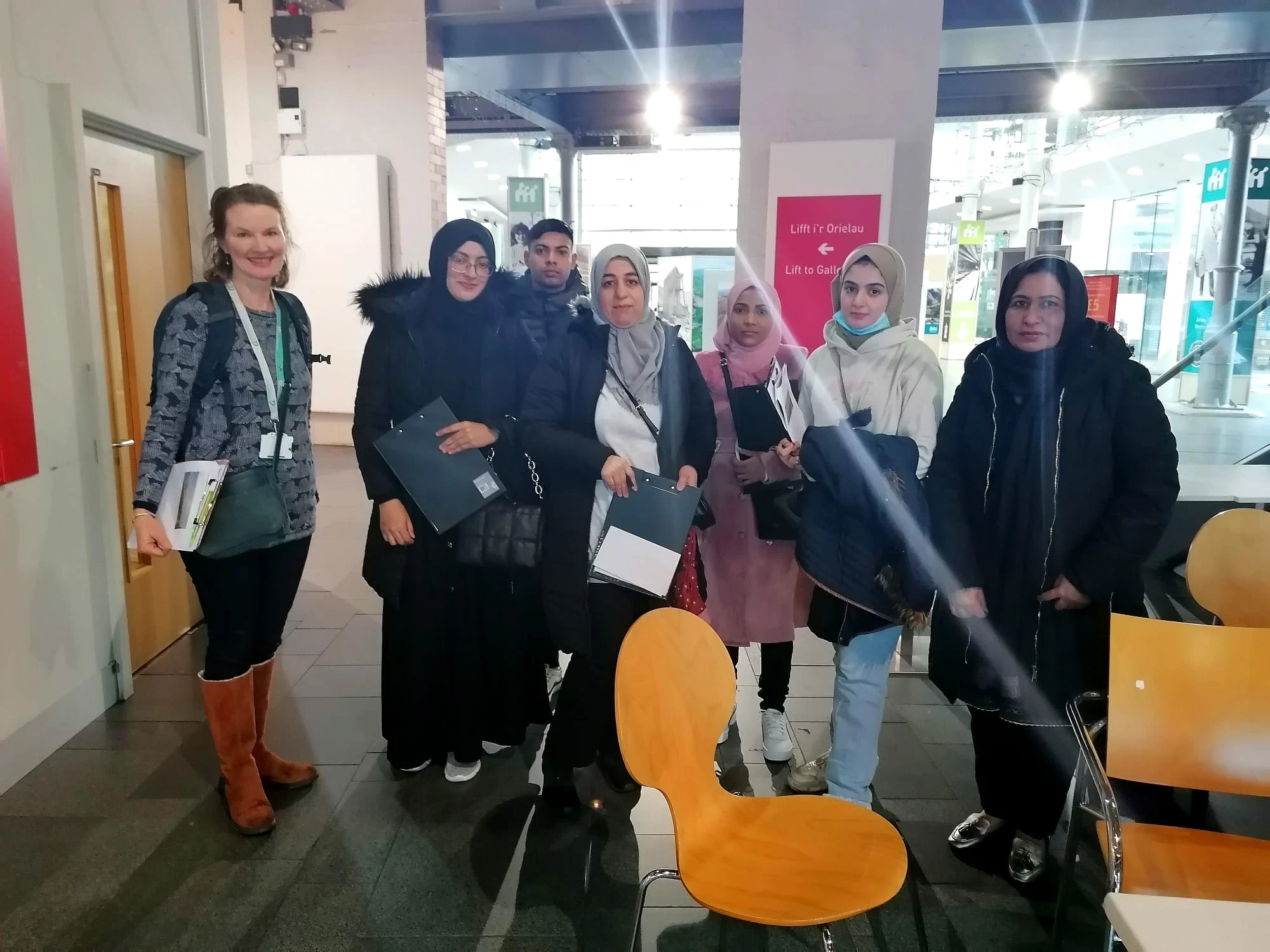Gwreiddiau 'Cymru Anhysbys': Cynhadledd i Ddathlu Bywyd Gwyllt Cymru
, 20 Medi 2023
Mae 'Cymru Anhysbys' yn ddiwrnod cyffrous o sgyrsiau hanes natur cyhoeddus am ddim sy’n cael eu cynnal pob hydref yn Amgueddfa Genedlaethol Caerdydd. Mae’n cynnwys siaradwyr blaenllaw o bob cwr o Gymru, yn siarad am eu darganfyddiadau a phrojectau natur diweddaraf. Mae’r sgyrsiau yn fyr ac yn syml, ac yn aml yn llawer o hwyl!
Cynhaliwyd y digwyddiad dwyieithog hwn, sy’n fenter ar y cyd rhwng Amgueddfa Cymru ac Ymddiriedolaeth Natur De a Gorllewin Cymru, am y tro cyntaf yn 2011. Mae’r gynhadledd yn uchafbwynt poblogaidd yn ein calendr, yn denu’n rheolaidd dros 200 o ymwelwyr wyneb yn wyneb ac ar-lein. Mae awyrgylch drawiadol yn Narlithfa Reardon Smith, lle mae pobl sy’n gweithio ar reng flaen hanes natur a chadwraeth natur yn siarad.
Cafodd y digwyddiad ei greu yn wreiddiol i ddiwallu dau angen. Y cyntaf oedd cynhadledd gyhoeddus am ddim wedi’i neilltuo’n arbennig i hanes natur Cymru gyfan. O’r dechrau un, y bwriad oedd ymdrin â meysydd Sŵoleg, Botaneg, a Daeareg – tair agwedd hanfodol ar natur sydd ddim bob amser yn cael eu trafod ar y cyd. Ei nod yw cynnig digwyddiad (a phlatfform) i bawb sydd â diddordeb mewn hanes natur. Mae’r cwestiynau gan y gynulleidfa ar ddiwedd pob sgwrs yn rhoi blas o’r brwdfrydedd sydd gan bobl, yn ogystal â dyfnder dealltwriaeth pob siaradwr. Yn cael ei gynnal ar ddydd Sadwrn, mae’r diwrnod yn un anghyffredin yn ein calendr digwyddiadau gan ei fod wedi’i anelu’n bennaf at oedolion (er bod unrhyw un dros 12 oed yn cael mynychu).
Yr ail angen oedd pwysleisio fod darganfyddiadau newydd yn cael eu gwneud drwy’r amser, gan roi’r enw “Cymru Anhysbys”. Tra bod y digwyddiad bob amser yn cynnwys gwarchodfeydd natur enwog Cymru, rhywogaethau cyfarwydd, a hen arferion cadwraeth, rydyn ni wastad wedi annog diddordeb mewn pynciau ymylol. Mae llawer o’r sgyrsiau yn cynnwys darganfyddiadau gwyddonol diweddar (gan gynnwys rhai a wnaed yn yr Amgueddfa ei hun), neu ddulliau newydd sy’n newid sut mae pobl yn edrych ar a byw gyda natur Cymru. O bryd i gilydd, mae dadleuon wedi bod, wrth i siaradwyr fynd i’r afael â materion a pholisïau amgylcheddol cyfoes. Mae amrywiaeth y sefydliadau a phrojectau sy’n cael eu cwmpasu yn rhoi ysbrydoliaeth i bobl sy’n chwilio am gyfleoedd gyrfa, astudio neu wirfoddoli ym maes bioamrywiaeth.
Mae dros 80 o siaradwyr wedi helpu i adeiladu Cymru Anhysbys hyd heddiw, ac rydyn ni’n ddiolchgar iawn iddyn nhw. Ambell sgwrs arbennig o gofiadwy oedd Tim Birkhead ar esblygiad cân yr adar, Lynne Boddy ar amrywiaeth ffyngau, Anne Bunker ar wymon Cymreig, a Derek Gow ar ailgyflwyno afancod (sefyllfa sydd wedi newid yn llwyr ers 2011). Mae’r enwogion o’r byd teledu - Rhys Jones, Miranda Krestovnikoff, ac Iolo Williams (ddwy waith!) - oll wedi cymryd rhan i gefnogi’r fenter.
Mae’r pynciau sydd wedi cael eu trafod yn amrywio o lygredd afonydd i goed treftadaeth, ogofau, tomenni glo, dolffiniaid, deinosoriaid, ac arolygon eDNA. Rydyn ni wedi cynnwys y newyddion diweddaraf ar rywogaethau eiconig fel gwiwerod coch, brithion y gors, llyffantod cefnfelyn, ac adar drycin Manaw. Ac wrth gwrs, y falwen ludiog ... ein seren nesaf! Peth da arall am gynnwys Cymru gyfan, gan gynnwys ei ardaloedd mwy ynysig a distaw, yw bod milltir sgwâr bron pawb wedi cael ei grybwyll!
Mae sawl sgwrs wedi dwyn ffrwyth ar ôl cael awgrymiadau gan y gynulleidfa, gan helpu i’r digwyddiad esblygu. Rydyn ni weithiau wedi chwarae gyda’r fformat, gan arddangos sbesimenau o gasgliadau’r Amgueddfa, rhoi pecynnau rhodd, neu gynnal cystadleuaeth poster, sêl llyfrau neu gwis yn ystod yr egwyl. Cynhaliwyd y digwyddiad ar-lein ym mhandemig 2020, cyn mabwysiadu’r ffurf hybrid bresennol, sy’n galluogi mwy o bobl i gymryd rhan.
A fydd yna fwy o ddigwyddiadau Cymru Anhysbys yn y dyfodol? Yn sicr! Mae yna wastad dir newydd i’w grwydro a rhyfeddodau newydd i’w gweld ym myd natur Cymru, wrth i’r oes a thechnegau newid. Rydyn ni’n edrych ymlaen at y digwyddiad nesaf, ac at lawer mwy o gyfleoedd i rannu’r rhain gyda phobl eraill sy’n ymddiddori mewn bywyd gwyllt.
Dilynwch y ddolen ar gyfer manylion cynhadledd Cymru Anhysbys 2023.
